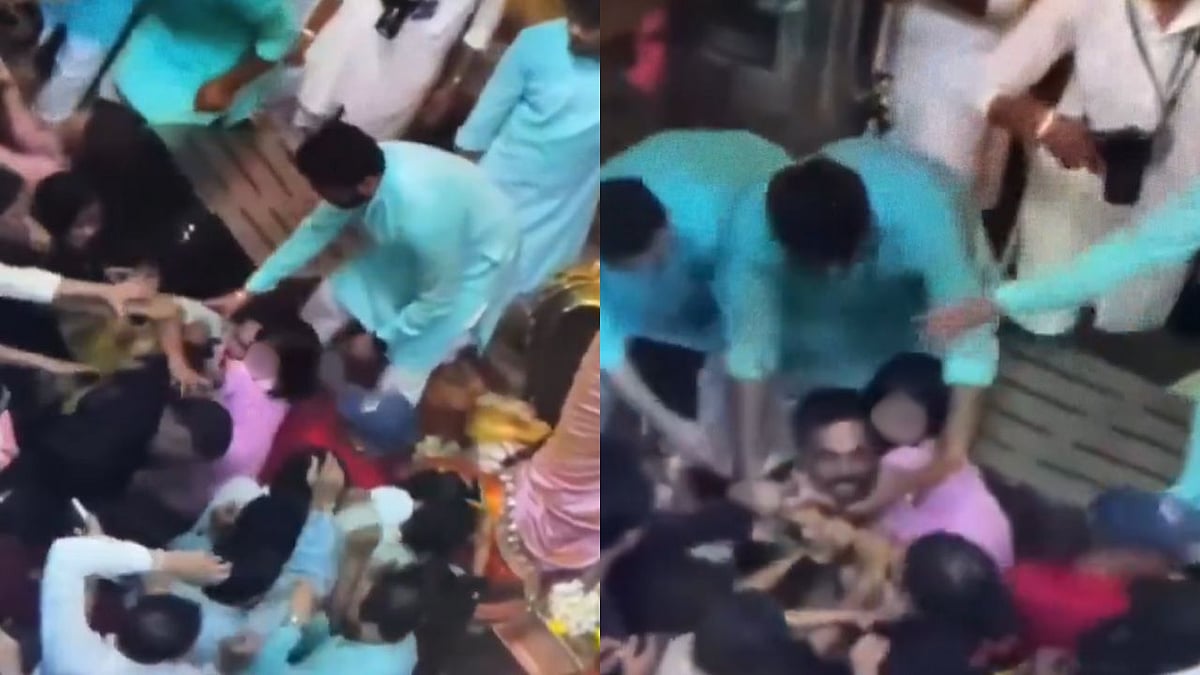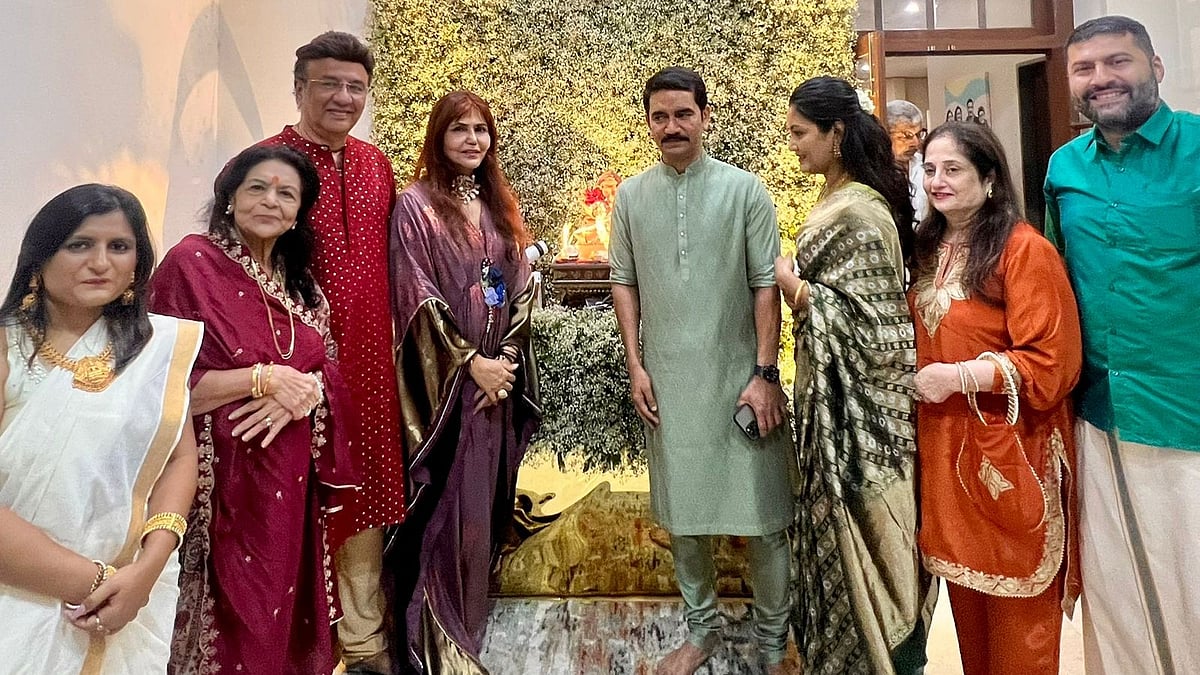Acclaimed British fashion designer Alexander Mcqueen said "Fashion should be a form of escapism and not a form of imprisonment". A large number of people use fashion to express themselves. The fashion industry is widely expected to promote equitable representation on the runway. In a 2021 article, New York Times has spoken about responses they got when they asked top 64 luxury brands their steps on fostering inclusivity. Sadly, only 4 brands made an attempt to answer each question fully whereas 8 brands including Armani and Moschino merely sent statements declaring their devotion to equity (Friedman et al., 2021). Standardised body image has always been a matter of contention. With the co-existence of second/virtual worlds, and emergence of luxury brand representations on these platforms, will the perception of body image change for the better?
Definition and concept of sizes
Modern society classifies people's physical sizes into three categories: petite, tall, and plus-size. But these divisions entail an abundance of marginalization and judgment, especially when it comes to views about one's body. The modelling industry is one place where this exclusion is most obvious. Sadly, body inclusivity has not been at the core of the fashion industry, be it portraying styles on the runway or catering to a plethora of sizes.
Luxury fashion and the representation of sizes in their products and on the ramp
Luxury brands were especially lacking in size diversity: according to The New York Times, Saint Laurent, Louis Vuitton, Gucci, Prada, and Moschino did not cast any plus-size or mid-size models in their autumn/winter shows (Milner, 2023). This is due to the perception that plus-size clothing was, until very recently, both blatantly unfashionable and potentially hazardous from a business standpoint, if not reckless (Milner, 2023).
For many years, plus-sized consumers have been successfully marginalized and disenfranchised due to the fashion industry's preference for a smaller, more diminutive form. This prejudice is not only professionally wrong but also divisive in society. In 2023 fashion shows, just 17 companies had at least one plus-size (US size 14+) outfit amongst 9,137 looks from 219 shows in New York, London, Milan, and Paris, said a survey by Vogue Business (Lucy Maguire, 2023).
Luxury Fashion in the virtual space
Ralph Lauren collaborated with the South Korean social media platform Zepeto to develop a virtual fashion line that allowed users to dress their avatars with high-end products or appearance-modifying “skins.” Simon Windsor, the co-founder and joint managing director of Dimension Studio, a creative studio that collaborated on the video game for Balenciaga said that “We’re just at the tipping point of this new era.… It starts to change the meaning of fashion itself (Balchandani et al., 2022).” Additionally, Ready Player Me, a business that creates customizable 3D avatars from supplied photos, and Dior announced a partnership (McDowell, 2021). These avatars can be utilized in a variety of settings, such as Dior's recently developed virtual interactive environment. Brands avoid making prescriptive decisions and encourage customer self-expression by letting consumers choose their own design (McDowell, 2021). In a Mckenzie report, Gucci CMO, Robert Triefus, discussed that a large number of people rely on virtual worlds to express themselves. However, there are fewer platforms available for the number of virtual products and virtual personas demanded (Balchandani et al., 2022). This shows that we are just at the beginning of the fashion industry’s journey in the metaverse. Luxury brands are constantly investing and developing their presence in the virtual fashion space.
Will body type perceptions change in the Metaverse/virtual world as compared to when it was in the physical world?
In the metaverse, fashion expresses more than just aesthetics—it becomes a symbol of social standing, identity, and aspirations. A considerable amount of time and money is spent by individuals developing their virtual identities, from meticulously selected virtual clothes to distinctively developed avatar accessories. However, prejudice and exclusion are our biggest hurdles in the midst of this quest for self-expression.
In the words of Brendan Iribe, CEO of Oculus Rift, the metaverse represents a profound duplication of perception, broadcasting human senses directly to our consciousness (KAYA & GURBUZ). It provides a lot more than just an online platform for research, banking, and shopping; it goes beyond the traditional confines of the internet. Rather, it is a space where people create and explore digital personalities, escaping the boundaries of their real-world existence and adopting a new social media framework. The metaverse offers opportunities for growth and expansion but at the same time its raises concerns for a digital divide. Questions regarding a safe, equitable and inclusive metaverse spark the need for a discussion that will safeguard the social lives of future generations (KAYA & GURBUZ).
These should not be seen as reasons for brands to shy away from the metaverse, but rather to consider their visibility carefully. This can be included in the process of making an avatar or virtual environment, and they ought to be ready to respond to questions about the choices they made for how they wanted to appear (McDowell, 2021). Ultimately, how developers, designers, and users actively confront and combat these biases will determine whether or not the metaverse has skewed perspectives on fashion. However, making the ideal avatar to represent oneself could lead to other issues. If Instagram is any indication, people won't be hasty to add features that society considers "undesirable" to their avatars. The widespread availability of filters and photo-editing softwares indicates that people will make more attractive versions of themselves available on the internet (Wilson, 2022). The designers of the metaverse should take this into consideration, as avatars provide a means of diluting beauty standards, so we don't need to be reinforcing them. We may work to establish a metaverse that embraces the richness of fashion by giving diversity and inclusion top priority in avatar developing tools, virtual fashion platforms, and community standards.
(Authored by Krisha Shah, Under the mentorship of Professor Preetha Menon)










